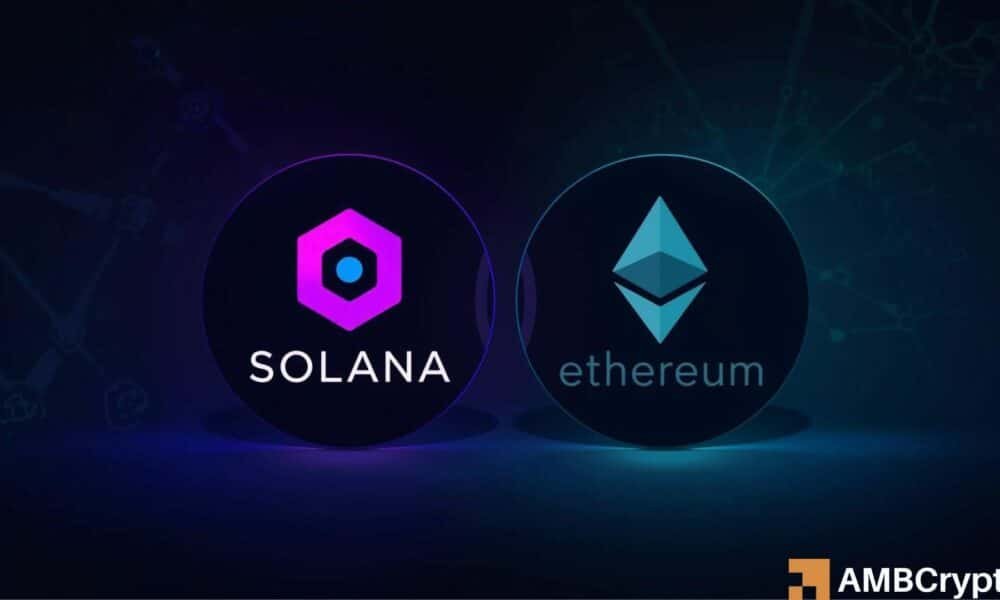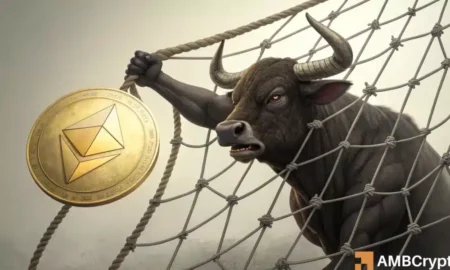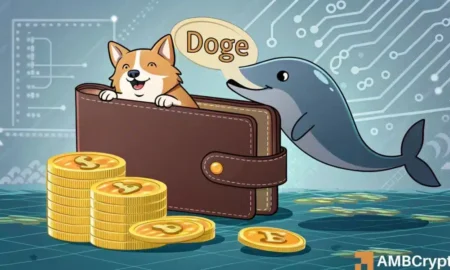Ethereum Security and Layer 2 Solutions: A Detailed Exploration
In the ever-evolving landscape of cryptocurrency, Ethereum (ETH) security, particularly concerning Layer 2 (L2) solutions, has emerged as a pivotal topic. One of the key takeaways from Ethereum co-founder Vitalik Buterin’s insights is that even in the case of a 51% attack, users’ assets remain secure. This revelation illustrates the robustness of Ethereum’s fundamental security architecture, which ensures that compromised validators cannot legitimize invalid blocks. Consequently, regardless of the scale of attacks, as long as user trust remains in the validated blockchain, assets are safeguarded.
Understanding the 51% Attack Mechanism
A 51% attack occurs when a single entity or group gains control of more than half of the network’s mining power or validation capacity, potentially enabling them to manipulate transactions. However, Buterin emphasizes that such an attack cannot turn an invalid block into a valid one. This consideration is crucial as it reinforces confidence in Ethereum’s infrastructure against significant threats. Users can feel secure knowing that malicious actors cannot steal assets directly through a successful attack. The underlying structure of Ethereum’s Layer 1 underpins the safety of L2 solutions, making it imperative for Layer 2 applications to rely on this foundational security.
The Role of Layer 2 Solutions
Layer 2 solutions, such as Arbitrum (ARB), Base, Optimism (OP), and Worldchain (WLD), collectively hold over $35 billion in locked value. These tools aim to enhance Ethereum’s transaction efficiency while reducing costs. Buterin asserts that the safety of funds on L2 is intricately tied to the security of Layer 1. As these solutions gain traction, the ecosystem benefits from faster and less expensive transactions, all while the Ethereum backbone ensures the necessary security for users’ investments. The success and growth of L2 networks represent a fundamental shift in how transactions can be processed on Ethereum, catering to a larger audience seeking reliability without breaking the bank.
Solana’s Strategic Movements
Unexpectedly, Solana (SOL) co-founder Anatoly Yakovenko has proposed a dedicated bridge to Ethereum as an L2 solution. This proposition raises eyebrows, hinting at a potential challenge to Ethereum’s existing landscape of Layer 2 networks. While Ethereum and Solana are both considered Layer 1 blockchains, Yakovenko’s bridge seeks to integrate the efficient transaction capabilities of Ethereum into Solana’s ecosystem. A primary focus of this discussion is that while attacks could delay transaction speeds on Solana, they wouldn’t necessarily threaten the value of bridged assets. This points to an intriguing perspective on interoperability between the two major blockchain platforms and emphasizes the importance of a cohesive strategy in the fast-paced cryptocurrency market.
The Future of Ethereum’s Security Measures
In line with ongoing discussions, Buterin also proposed the need for an automated response mechanism to 51% attacks, suggesting that validators should be equipped with software to counteract censorship immediately. This proactive approach underlines Ethereum’s commitment to ensuring continued security and trust within the network. The overarching goal is to instill confidence among users, ensuring that any potential threats can be countered swiftly and efficiently. As Ethereum continues to evolve, these security enhancements will be crucial in maintaining its reputation as a secure and trustworthy network, even amidst competitive pressures from emerging blockchain technologies.
Market Dynamics and Competitive Landscape
While discussions around interoperability and security in Layer 2 frameworks are vital, it is equally crucial to recognize the broader market dynamics at play. The proposition for more efficient bridges between Ethereum and other networks introduces new opportunities; however, it may also challenge Ethereum’s dominance in the Layer 2 space. There have been fluctuations in market performance, with Solana posting impressive gains but eventually falling back behind Ethereum. The competition between established platforms like Ethereum and newer entities like Solana will ultimately influence user choices and define the future landscape of decentralized finance (DeFi) applications.
Conclusion: Assessing the Landscape
In summary, the dialogue around Ethereum security, particularly concerning Layer 2 solutions, is foundational for the future of the blockchain industry. With a multitude of solutions providing secure and efficient transactions, the entities leveraging Ethereum’s security remain at the forefront of innovation. At the same time, the moves by Solana’s co-founder to propose a bridge to Ethereum signify not only potential competition but also opportunities for collaboration. As these developments unfold, the overarching question remains: How will the cryptocurrency community adapt to these ongoing changes, and what will the future of blockchain technology hold? The answers will likely redefine the scope of digital assets and their usage in the financial ecosystem for years to come.

















